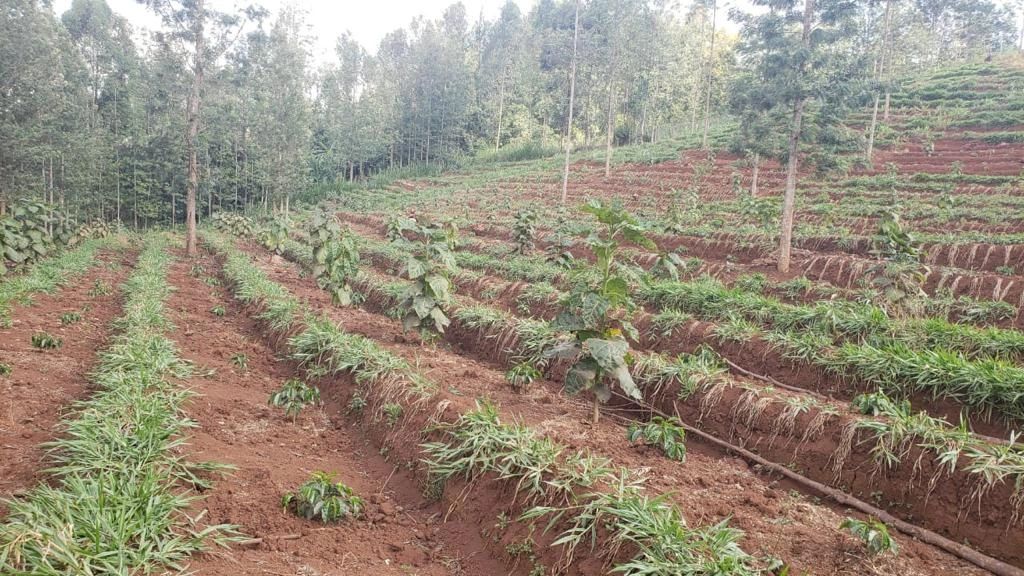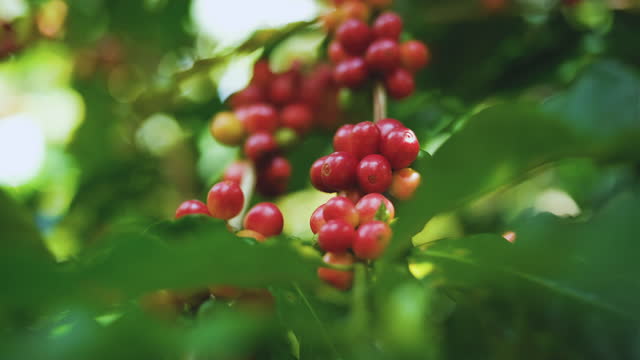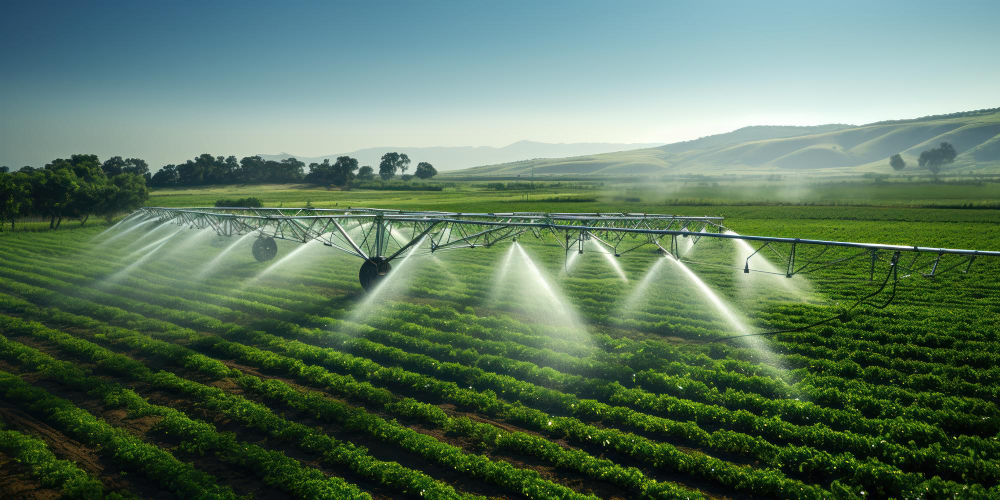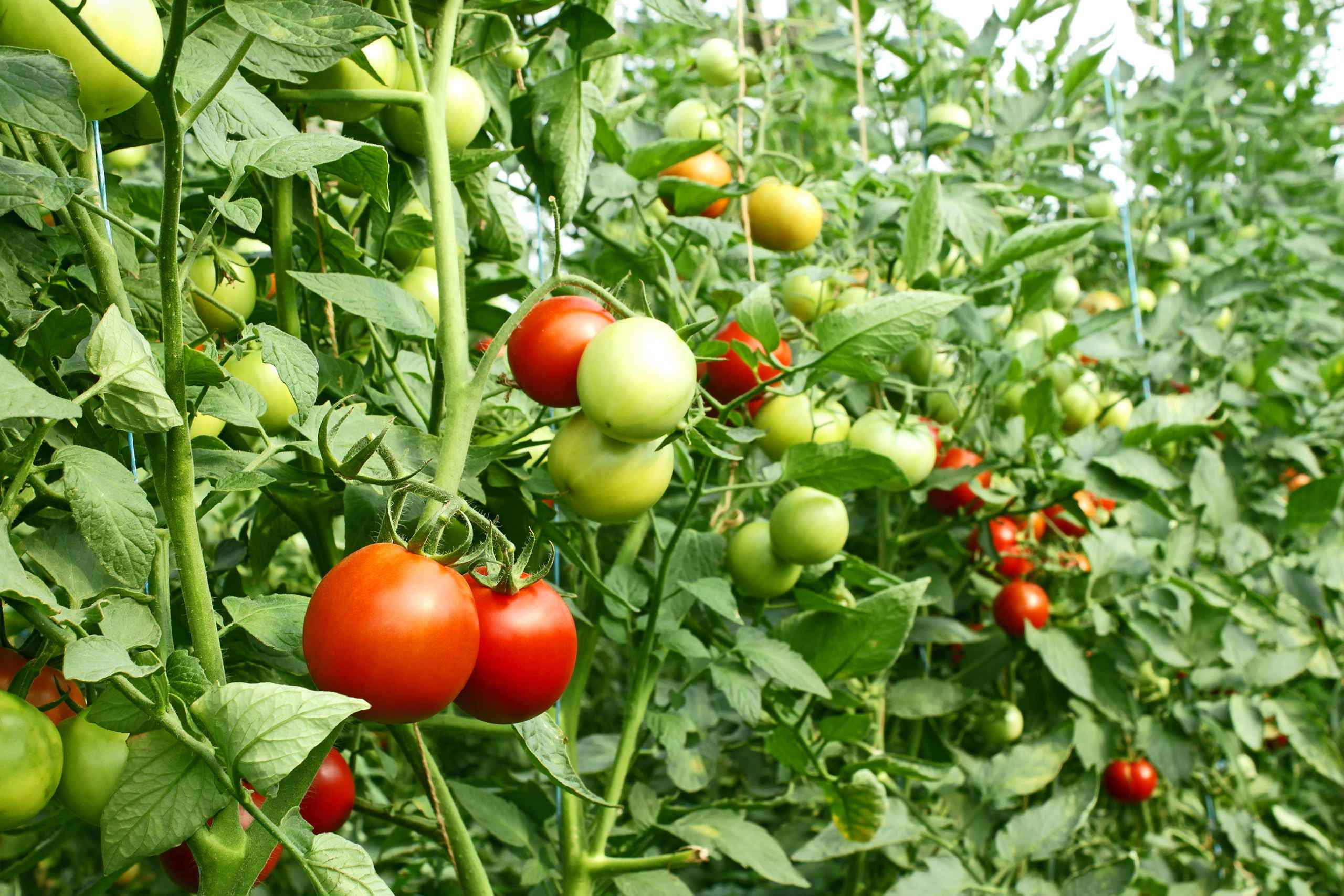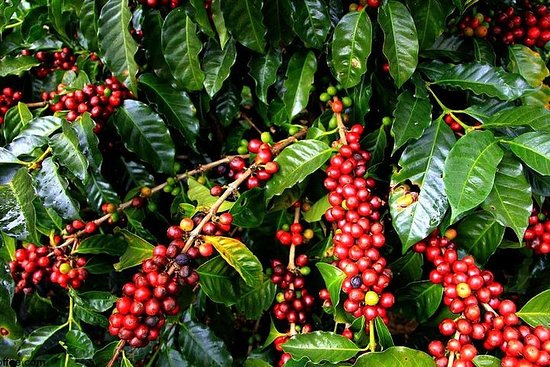The agricultural landscape, often seen as a provider of sustenance, holds a lesser-known secret contributing to global warming – deep ploughing. As we delve into the intricate relationship between soil disturbance and climate change, a nuanced understanding emerges. Below is explained and detailed guide on Deep Ploughing and Its Impact on Global Warming.
The Role of Plants in Carbon Cycling: Plants, the silent architects of Earth’s balance, engage in the intricate dance of carbon cycling. Through photosynthesis, they absorb carbon dioxide, generating energy and releasing life-enabling oxygen, laying the foundation for ecological harmony.
The Carbon Story in Fallen Leaves: Upon completing their life cycle, plants shed leaves, stems, barks, and branches, laden with stored carbon dioxide. Microorganisms play a crucial role in the decomposition process, releasing and storing carbon dioxide within the soil.
The Transformative Power of Solar Pumping Solutions
The Impact of Ploughing on Carbon Storage: However, the equilibrium is disrupted by the practice of deep ploughing. While ploughing is essential for agriculture, its deeper implications unravel when we recognize its role in disturbing the stored carbon dioxide in the soil.
Release of Stored CO2:
Deep ploughing, a routine agricultural practice, brings about significant topsoil disturbance. This disturbance becomes the catalyst for a rapid release of stored carbon dioxide into the atmosphere, fueling the global warming crisis.Weeds and Carbon Sequestration: In the intricate web of nature, even weeds play a role in carbon sequestration. Yet, deep ploughing not only buries these plants but also inadvertently contributes to their proliferation, releasing stored carbon dioxide upon decomposition.
- By Simon Kairu
Machinery’s Carbon Footprint: The utilization of heavy machinery in deep ploughing adds another layer to the environmental impact. Diesel consumption, the lifeblood of these machines, unleashes additional carbon dioxide into the atmosphere, compounding the carbon footprint of agriculture.
Oxygen Absorption and Microbial Activity: Beyond disturbing carbon storage, deep ploughing intensifies another ecological dance. The act leads to increased soil oxygen absorption, triggering heightened activities among soil microorganisms. This heightened microbial activity, while essential, becomes a source of additional carbon dioxide emissions.
Addressing the Paradox: While deep ploughing is integral to modern agriculture, acknowledging its role in exacerbating global warming is paramount. Balancing the need for productive farming with sustainable practices is an imperative step towards addressing this paradox.
Shifting Towards Sustainable Agriculture: Embracing conservation tillage methods and reduced soil disturbance becomes a strategic move. These methods prioritize carbon sequestration, soil health, and overall environmental sustainability, mitigating the adverse effects of deep ploughing.
Educating and Empowering Farmers: Education and empowerment of farmers play a pivotal role in this paradigm shift. Equipping them with knowledge about alternative practices, emphasizing the importance of soil health, and promoting sustainable agricultural methods contribute to a collective effort in combating global warming.
Conclusion:
In conclusion, the seemingly innocuous act of deep ploughing reveals its far-reaching consequences in the global warming narrative. Recognizing this connection is not a call to abandon agricultural practices but a plea for a thoughtful, sustainable approach that aligns with the health of our planet. Contact Us Today

